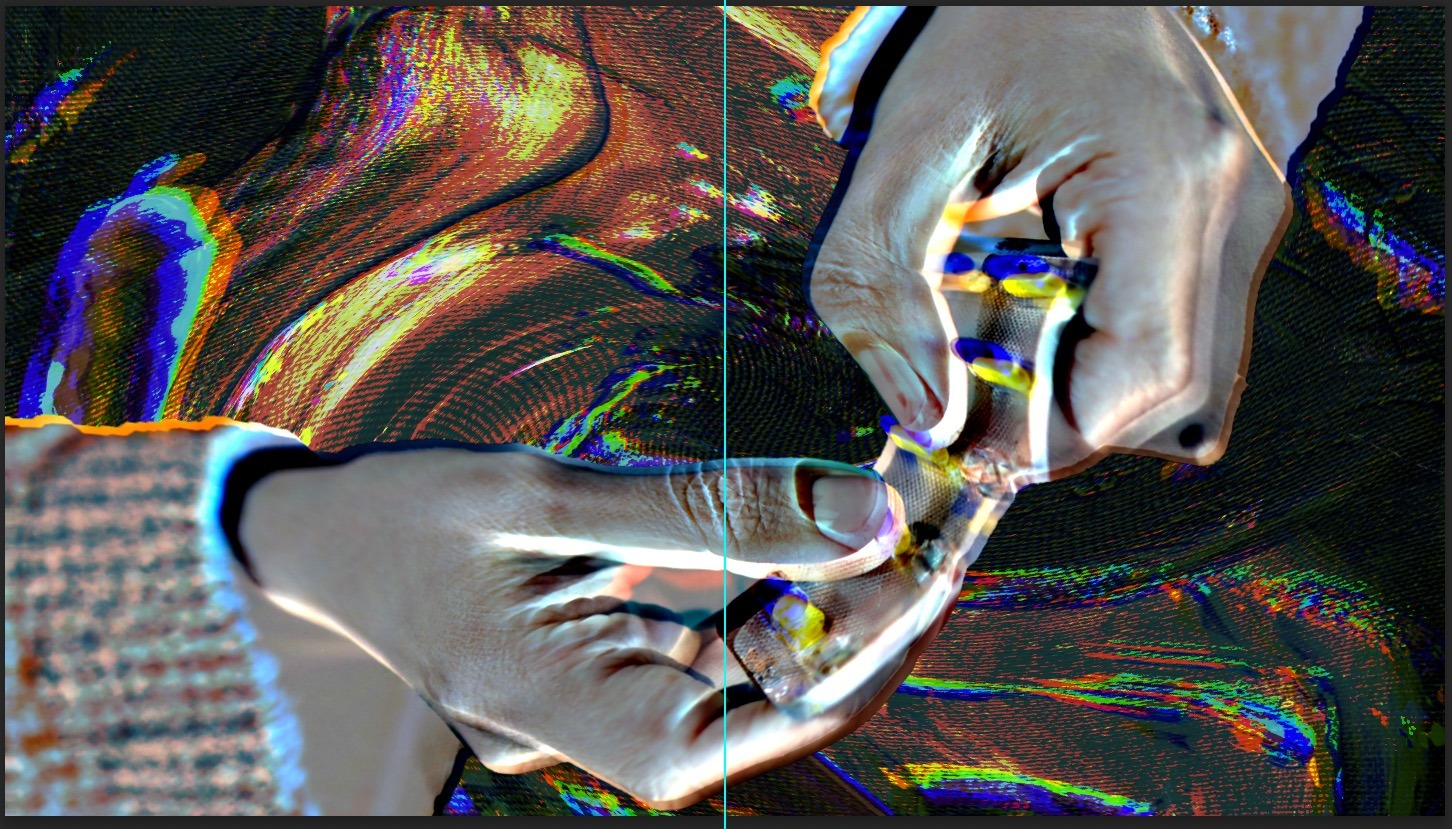Before the pandemic invited the wider public to experience sickness on a grand scale, the reality of ill-health was often hidden from mainstream view. People who were not sick could mostly ignore the sensation of ongoing illness. But, as Lucia Osborne-Crowley puts in her essay Who Do We Not Save, Covid-19 ensured “we were all initiated into the kingdom of the sick.”
The supposed endpoint of the pandemic was always going to be a return to health, to normality, to things being how they were before. With no more Covid protections (or restrictions), an assumption of societal wellness has pinged back into place quite easily. There is still a certain expectation within a clinical context (and a social one) that the journey to health will be linear and that the kingdom of the well is an inevitable destination. But the pandemic isn’t over for everyone. The two million people in the UK currently suffering from long Covid are the biggest demonstration of the pandemic’s lingering after-effects. As such, the pandemic has been labelled a mass-disabling event. If stories from the kingdom of the sick were frequently disseminated within our culture, would there be such disregard for the lives of disabled people? How often are sick stories actually told, enough that it trickles into the mainstream?
It is now more important than ever that alternative narratives of sickness and health are broadcast — especially ones that dislodge expectations of linearity. According to one recent article from Gawker, the hybrid essay/memoir form is becoming ubiquitous, too ubiquitous even, and “it is now almost obligatory to point out that the fragmented, non-linear memoir format lends itself to telling stories of trauma and ill-health.” Perhaps it is obligatory to discuss non-linearity within literary environments. But this aspersion ignores the recovery narrative that dominates the public realm, as well as the structural reality of disabled or sick people’s lives. Looking at illness narratives from a purely aesthetic vantage point misses the ways in which these narratives have the potential to influence mainstream attitudes, public infrastructure, and governmental policy. For example, care for long Covid sufferers is largely dependent not on how sick you are, but where you live. It’s hard to believe this would be the case if chronic illness was more readily understood.
As the article hints at, this uptake of hybrid essay/memoir is somewhat the fault of the marketplace, of the proliferation — particularly online — and commodification of personal stories. But there’s something being overlooked with that complaint. Until recently there hasn’t been an access point to typical narrative templates for people with trauma, sickness, or disabilities. There certainly hasn’t been an illness template popularised enough to be the subject of criticism. Increasingly, people with a certain experience of time, their bodies, memory, and physical ailments find this form can translate their life onto a page in a way that linear narratives simply cannot.
The concept of “crip time” demonstrates how sick people experience time, or the world, very differently. Disability Studies professor Ellen Samuels describes crip time as the way in which disability and illness can ‘extract us from linear, progressive time with its normative life stages’. It involves ‘backward and forward acceleration, jerky stops and starts, tedious intervals and abrupt endings’. Abi Palmer’s Sanatorium flits from Budapest to London and Surrey. Though there is a search for relief from her chronic pain symptoms, there is no climatic turn or moral dimension to her memoir, only a sensation of time flowing more like water than a straight line. The focus on affect rather than insight allows us to empathise with a pain that won’t necessarily end. Rather, her pain exists in a ‘constant cycle’.
Linear narratives are built around the idea of a climax or resolution. In the case of illness narratives, this would mean getting better. In asking for a story with a concise timeline, are we not asking for the writer to pull their socks up, come to a conclusion and accept their lot? Perhaps there is a lack of insight within contemporary illness writing because we shouldn’t have to, or don’t learn from illness. As Lucia Osborne-Crowley writes, ‘“it’s not the pain that defines the sufferer… It is the feeling of wrestling between one story and another [and] battling to create meaning out of chaos’ but that ‘some things don’t mean anything, and illness is often one of those things.”
Really, it’s remarkable that these alternative narratives are beginning to have any attention at all when — as Sara Wasson puts it — the expectations around illness narratives are of “beneficial transformation in time”, a deeply capitalistic notion that implies “virtue’ lies only within upward trajectories”. Criticism of the genre has consequences outside literature. A key part of the exclusion and marginalisation of people living with chronic pain (and by extension, any chronic condition) stems, as Sara Wasson writes, “from narrative transgression”, the ways in which they may not be able to fit into normality. This not only excludes sick and disabled people from writing their experiences unless they can fit into a preconceived normative form, but also from wider life. One of the most effective treatments for long Covid is pacing — but some workplaces refuse to allow people the time they need to return as slowly as they need.
On the whole, the pace of sick and disabled lives differs from the norm. This is beginning to be reflected in sick literature. In memoir, as in any genre, there is good and bad writing. Texts that lack depth, most often take an individualised approach to narrative and ignore the inequalities rampant in healthcare and society at large. But before a whole (new) format is dismissed, sick people should feel empowered to communicate through non-linearity. To include their gaps, tedious intervals and abrupt endings. To write the stories that haven’t been told often enough, and to write until different experiences of time and recovery are disseminated as widely as the expectation of returning to health.

